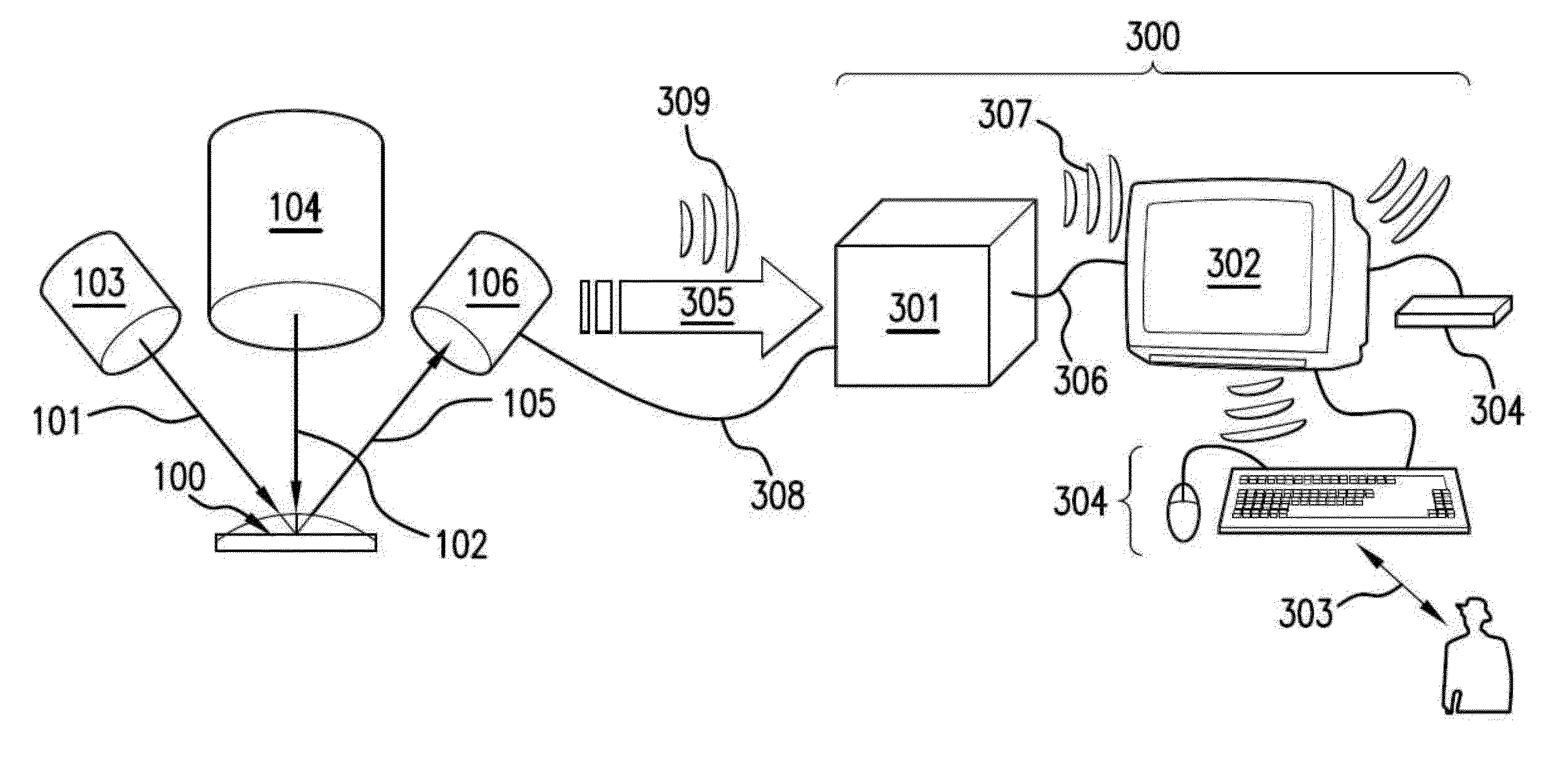Method of detecting portal and/or hepatic pressure and a portal hypertension monitoring system
a monitoring system and portal technology, applied in the field of ambient pressure measurement, can solve the problems of cirrhosis patients' morbidity and mortality, and the invasiveness of the procedur
- Summary
- Abstract
- Description
- Claims
- Application Information
AI Technical Summary
Benefits of technology
Problems solved by technology
Method used
Image
Examples
Embodiment Construction
[0026]The method and apparatus of the invention generally relate to measuring ambient pressure in a system comprising an incompressible fluid. For purposes of this application, “incompressible fluid” refers generally to non-vapor, non-compressible, flowable media, such as liquids, slurries and gels. In particular, the method and apparatus relate to devices which are implanted in a body to monitor hepatic and / or portal venous pressure. The miniature size of the apparatus, compared to current conventional devices for measuring ambient fluid pressure, and relatively low invasiveness of the apparatus and method are particularly well suited to medical and physiological applications, including, but not limited to, measuring: i) blood vessel / artery / vein pressures such as, for example, in portal hypertension; ii) spinal fluid pressure in brain ventricles; iii) intra-abdominal pressures such as in the urinary tract, bladder, kidney, and bile ducts; and the like. The method may be applicable ...
PUM
 Login to View More
Login to View More Abstract
Description
Claims
Application Information
 Login to View More
Login to View More - R&D
- Intellectual Property
- Life Sciences
- Materials
- Tech Scout
- Unparalleled Data Quality
- Higher Quality Content
- 60% Fewer Hallucinations
Browse by: Latest US Patents, China's latest patents, Technical Efficacy Thesaurus, Application Domain, Technology Topic, Popular Technical Reports.
© 2025 PatSnap. All rights reserved.Legal|Privacy policy|Modern Slavery Act Transparency Statement|Sitemap|About US| Contact US: help@patsnap.com



